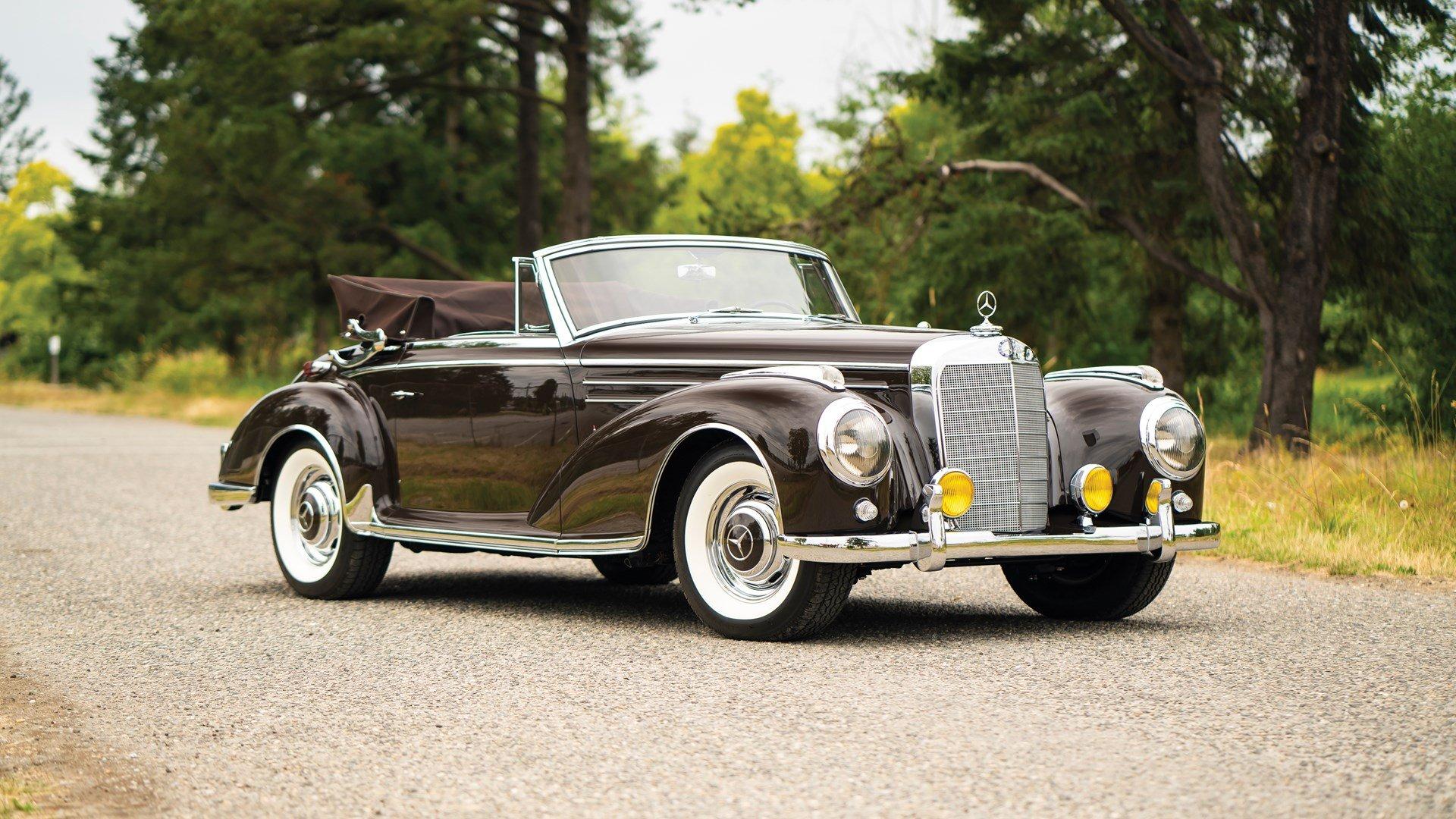1970 Mercedes-Benz 300 SEL

The descriptions of the Classic Cars in the Directory were partly generated or supplemented with the help of artificial intelligence (AI). The content may occasionally not always be entirely accurate or factually correct despite careful checking.
The Mercedes-Benz 300 SEL 1970 is one of the most iconic cars to come out of the German automotive giant. The 300 SEL was first introduced in 1965 as the top-of-the-line model of the S-class range, and the 1970 version was the third generation of the car. This luxury sedan was designed to cater to the needs of high-end customers with a focus on comfort, elegance, and powerful performance. It's the perfect combination of luxury and performance, with a touch of nostalgia.
Let's start with the engine. The 300 SEL was powered by a 6-cylinder gasoline engine with a displacement of 3.5 liters. The engine was designed for smooth acceleration, high torque, and extraordinary reliability. It was capable of producing 200 horsepower and 237 lb-ft of torque, which was enough to propel the sedan from 0 to 60 mph in 9.0 seconds. The engine was mated to a 4-speed automatic transmission that transferred the power to the rear wheels.
The 1970 model was equipped with a long wheelbase of 112.2 inches, which made the car more comfortable and spacious. The body of the 300 SEL was made of rust-resistant steel, and the interior boasted fine leather upholstery and luxurious wood trims. The instrument panel and dashboard had a clear and easy-to-read layout, with all the gauges, knobs, and buttons well-positioned for easy access.
The suspension system of the 300 SEL was top-notch, with a double-wishbone front suspension and a coil-sprung rear suspension. The car's ride quality was impressive, thanks to the self-leveling air suspension system that maintained a constant ride height regardless of the load or road conditions.
Safety features were also a top priority for the 300 SEL. The car had multiple safety features, including a four-wheel hydraulic disc braking system, power steering, and power-assisted brakes. It was also equipped with a unique "crumple zone" body structure that absorbed the impact of collisions and protected the passengers.
In conclusion, the Mercedes-Benz 300 SEL 1970 was a prime example of German engineering at its best. The car's advanced technology, exceptional performance, and luxurious design made it a favorite of high-end customers. Even today, the 300 SEL remains a classic and desirable car for collectors and vintage car enthusiasts alike.
Milestones
- 1970: Mercedes-Benz 300 SEL is introduced as the flagship model of Mercedes-Benz - 1972: First anti-lock braking system (ABS) is introduced in the 300 SEL, making it the first car in the world with this feature - 1973: Standard power steering and power brakes are added to the 300 SEL - 1975: The 300 SEL is updated with a new grille and improved interior features - 1980: The final year of production for the 300 SEL, with a total of 6,526 units produced over the course of the decade.Technical
- Body Style: 4-door sedan - Engine Type: 3.5-liter V8 engine - Horsepower: 230 hp - Transmission: 3-speed automatic - Suspension: Independent suspension on all four wheels with coil springs and adjustable air shocks on the rear - Brakes: Disc brakes on all four wheels - Steering: Power-assisted recirculating ball steering - Wheelbase: 2,900 mm (114.2 in) - Curb Weight: 1,750 kg (3,858 lb) - Top Speed: 209 km/h (130 mph) - Fuel Tank Capacity: 90L (23.8 gallons) - Dimensions: 5,100 mm (200.8 in) L x 1,830 mm (72.0 in) W x 1,430 mm (56.3 in) H - Accessories: Air conditioning, power windows, cruise control, power-adjustable seats, and sunroof - Production Years: 1968-1972



